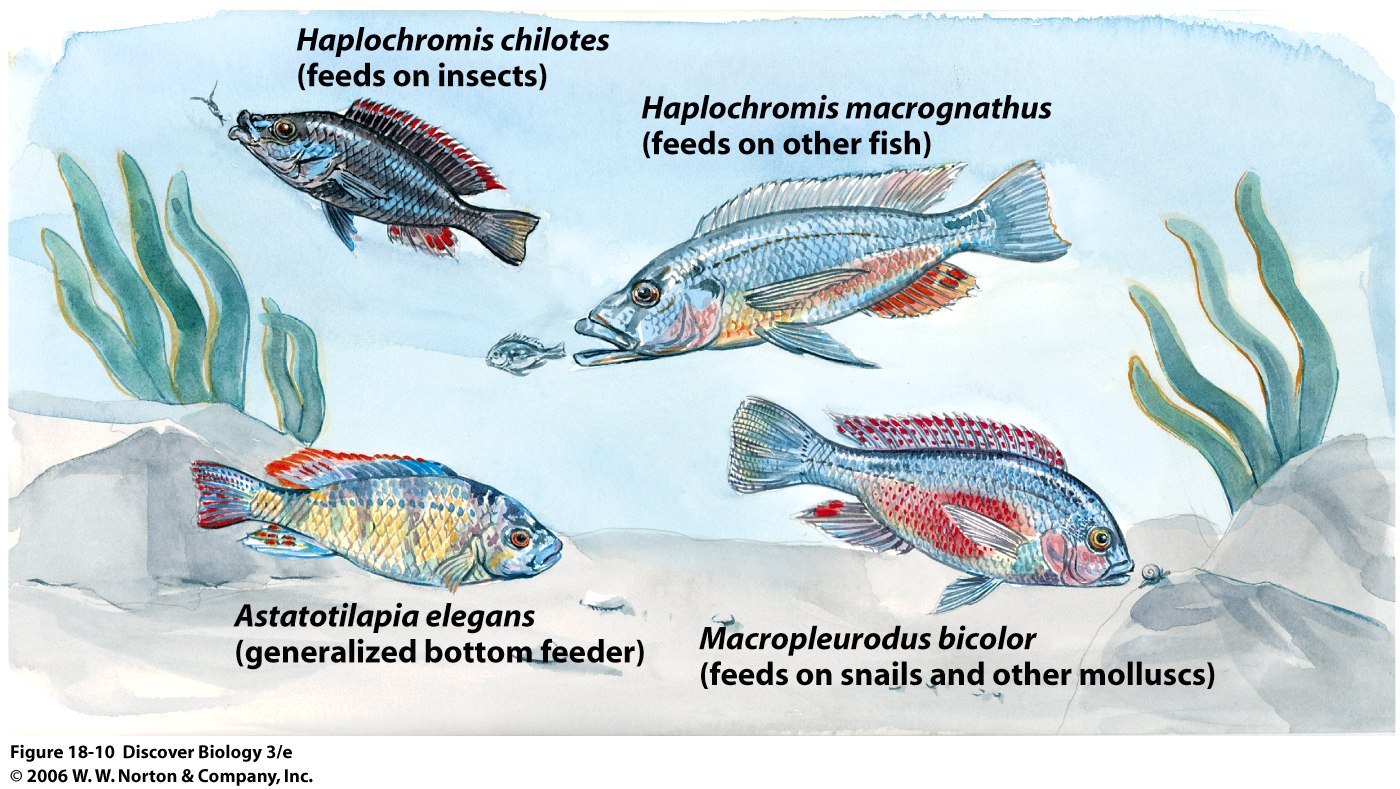
BIO 7: Lecture 37 Preview
More support for the Theory of Evolution by Natural Selection
Macroevolution inferred from studies of other isolated populations
e.g. Fruitflies in the Hawaiian Islands: 8 volcanic islands formed 1-2 million years ago
2000-2500 miles away from mainlands
have several hundred species of fruitflies
fruitflies related to each other and mainland species, but adapted to different parts of different islands
e.g. Cichlid fish in Lake Victoria: several hundred species in lake filled 12,000 years ago

Formation of new species requires reproductive isolation.
Can occur when a population is separated into 2 subpopulations by a geographical barrier.
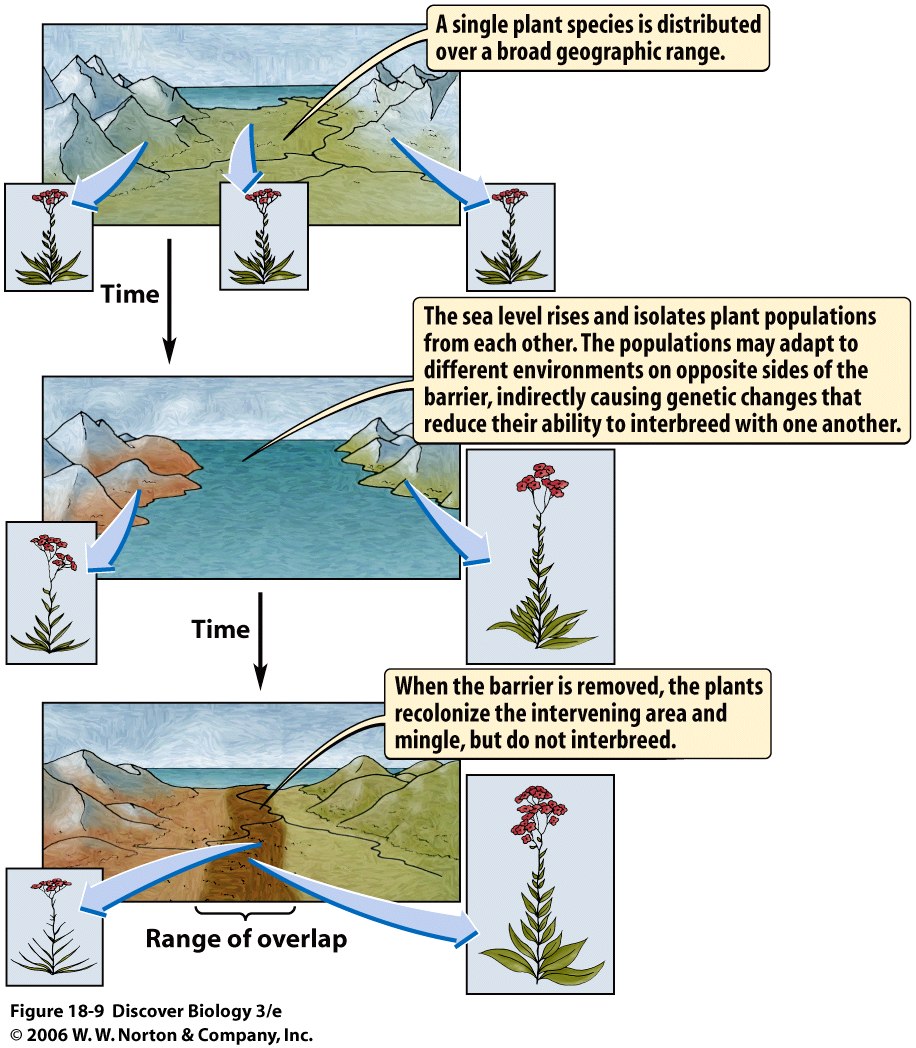
Can occur in the same location due to other barriers
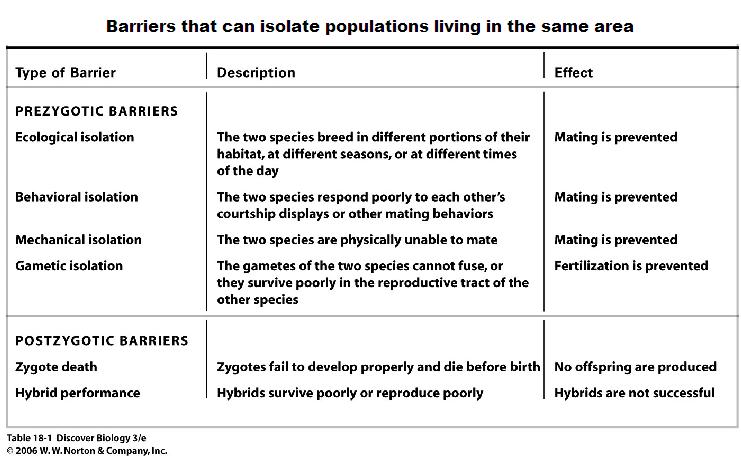
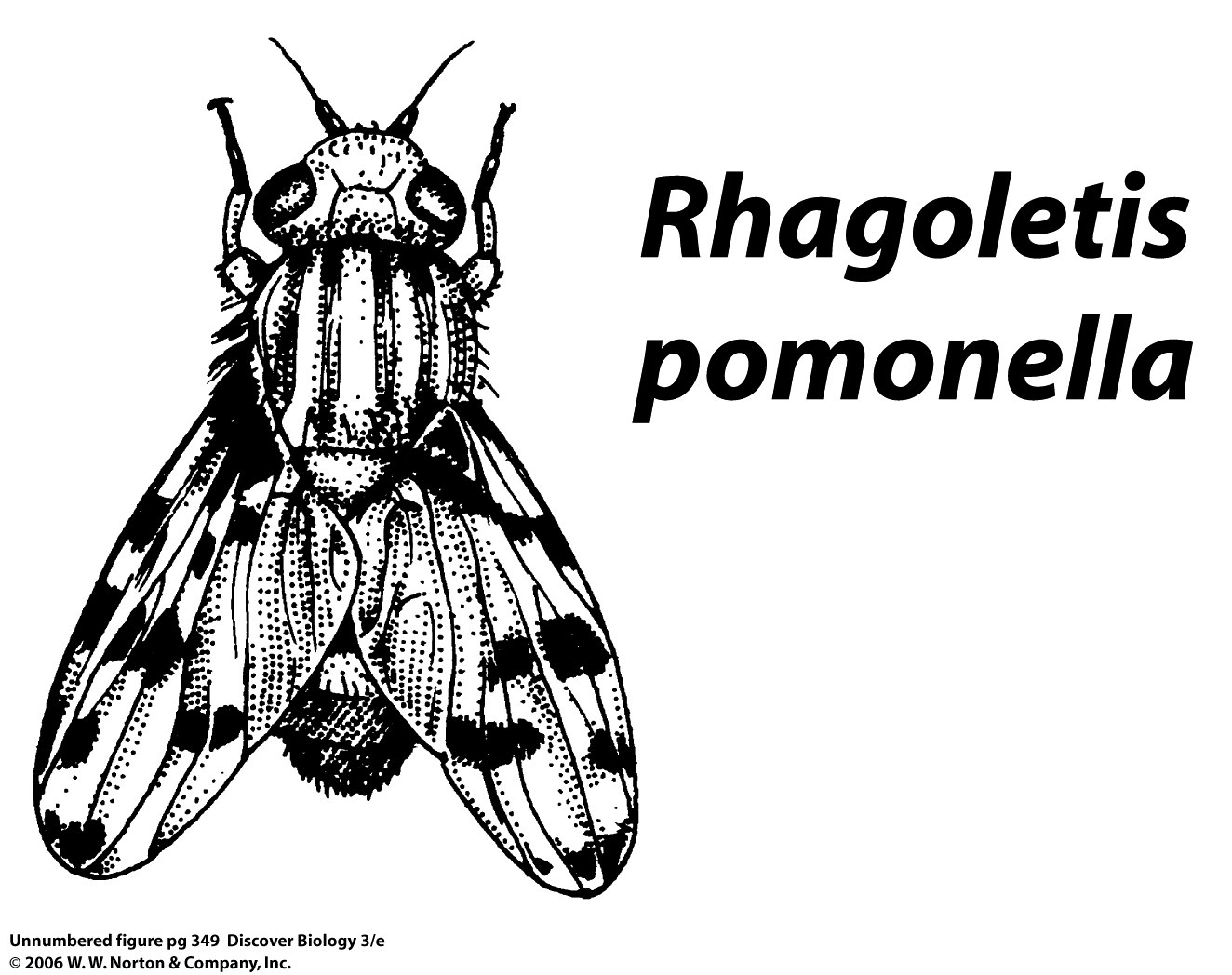 A
recent example of speciation: Hawthorn flies used hawthorn fruit for food
before colonists came to America. Colonists brought apple trees.
Apples ripen a few weeks later than hawthorns. Some hawthorn flies used
apples for food. Now 2 species: hawthorn fruitflies and apple maggot
fruitflies. What is the reproductive isolation barrier?
A
recent example of speciation: Hawthorn flies used hawthorn fruit for food
before colonists came to America. Colonists brought apple trees.
Apples ripen a few weeks later than hawthorns. Some hawthorn flies used
apples for food. Now 2 species: hawthorn fruitflies and apple maggot
fruitflies. What is the reproductive isolation barrier?
Evolution by Natural Selection (or descent with modification) is like a low-budget remodeling job: Each species is not an ideal "house" built from the ground up with a specific design. Rather, species start with a structure passed on from an ancestor and make use of modifications that become available through mutations.
Support from embryological studies
Support from anatomy studies: homologous structures and vestigial structures
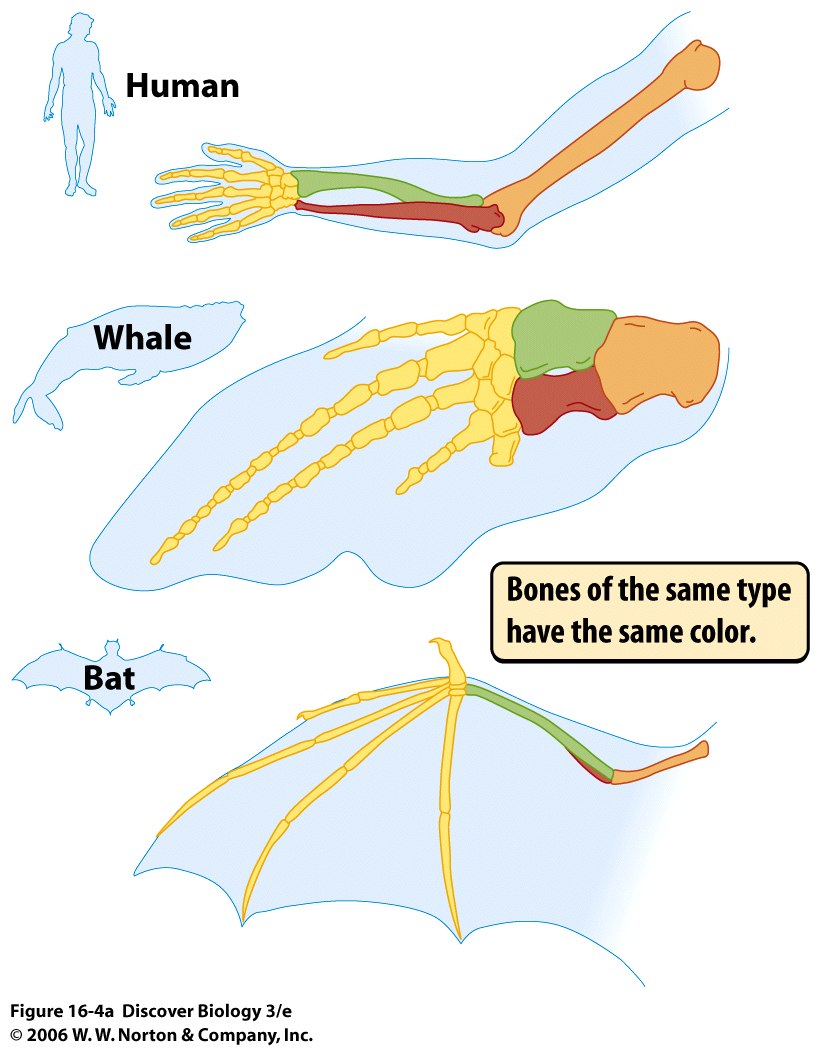
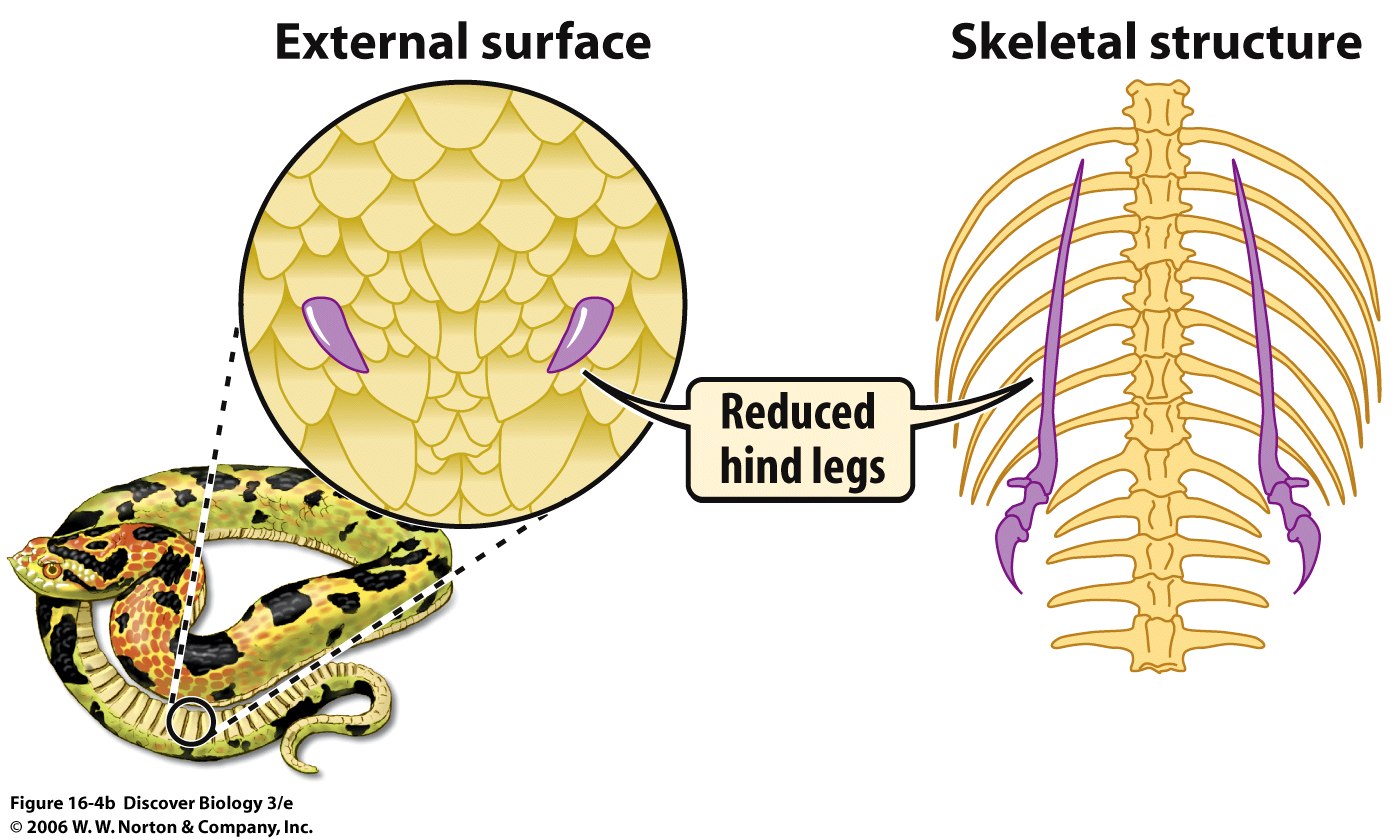
Support from Cell Biology studies: Basic similarities are seen in cells and molecules of all organisms.
What acts as a selective barrier between the inside and the outside of all cells?
What molecule carries information passed from one generation to the next in all cells?
What molecule carries energy released from glucose and then releases energy for movement and synthesis in all cells?
What are the two processes by which all cells use information in nucleic acids to make proteins?
Support for the Theory of Evolution by Natural Selection Came from Many Areas of Science
Fossils = mineralized remains or impressions (e.g. tracks) of organisms, usually in layers of rock (sedimentary rock)
Record incomplete
only some conditions right for preservation
only some parts preserved
only some found millions of years later
Dating of fossils
absolute age by chemical composition (radioactive isotopes)
relative age by depth of rock layers
Patterns
different species appear at different times in the fossil record
some species go extinct
Based on "descent with modification" what should appear first: complex or simple forms?
First
appearance in fossil record (millions of years ago)
Prokaryotic cells 3500
Protists 1800
Multicelled eukaryotes 1000
Vertebrates 550